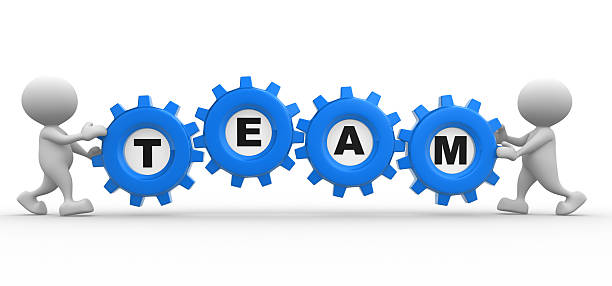ERRORS IN MEASUREMENT
The types of errors are follows
i) Gross errors
ii) Systematic errors
iii) Random errors
1. Gross Errors:
The gross errors mainly occur due to carelessness or lack of experience of a human begin
These errors also occur due to incorrect adjustments of instruments These errors cannot be treated mathematically
These errors are also called¶ personal errors
2. Systematic errors:
A constant uniform deviation of the operation of an instrument is known as a Systematic error
The Systematic errors are mainly due to the short comings of the instrument & the characteristics of the material use d in the instrument, such as defective or worn parts, ageing effects, environmental effects, etc.
Types of Systematic errors:
There are three types of Systematic errors as:
i) Instrumental errors
ii) Environmental errors
iii) Observational errors
i .Instrumental errors:
These errors can be mainly due to the following three reasons:
a) Short comings of instruments:
These are because of the mechanical structure of the instruments. For example friction in the bearings of various moving parts; irregular spring tensions, reductions in due to improper handling , hysteresis, gear backlash, stretching of spring, variations in air gap, etc .,
Ways to minimize this error:
These errors can be avoided by the following methods:
Selecting a proper instrument a n d planning the proper procedure for t h e measurement recognizing the effect of such errors and applying the proper correction factors calibrating the instrument carefully against a standard
b) Misuse of instruments:
A good instrument if used in abnormal way gives misleading results. Poor initial adjustment, Improper zero setting, using leads o f high resistance etc., are the examples of misusing a good instrument. Such things do not cause the permanent damage to the instruments but definitely cause t h e serious errors.
C) Loading effects
Loading effects due to i m proper way of using the instrument cause the serious errors. The best ex ample of such loading effect error is connecting a w ell calibrated volt meter across the t w o points of high resistance circuit. The same volt meter connected in a low resistance circuit gives accurate reading.
Ways to minimize this error:
Thus the errors due to the loading effect can be avoided by using an instrument intelligently and correctly.
ii. Environmental errors:
These errors are due to the conditions external to the measuring instrument. The various factors resulting these environmental errors are temperature changes, pressure changes, thermal emf, ageing of equipment and frequency sensitivity of an instrument.
Ways to minimize this error:
The various methods which can be used to reduce these errors are:
i) Using the proper correction factors and using the information supplied by the manufacturer of the instrument
ii) Using the arrangement which will keep the surrounding conditions Constant
iii) Reducing the effect of dust ,humidity on the components by hermetically sealing the components in the instruments
iv) The effects of external f i e l d s can be minimized by using the magnetic or electro static shields or screens
v) Using the equipment which is immune to such environmental effects.
iii. Observational errors:
These are the errors introduced by the observer.
These are many sources of observational errors such as parallax error while reading a meter, wrong scale selection, etc.
Ways to minimize this error
To eliminate such errors one should use the instruments with mirrors, knife edged pointers, etc.,
The systematic errors can be subdivided as static and dynamic errors. The static errors are caused by the limitations of the measuring device while the dynamic errors are caused by t h e instrument not responding fast enough to follow the changes in the variable to be measured.
3. Random errors:
Some errors still result, though the systematic and instrumental errors are reduced or atleast accounted for. The causes of such errors are unknown and hence the errors are called random errors.

